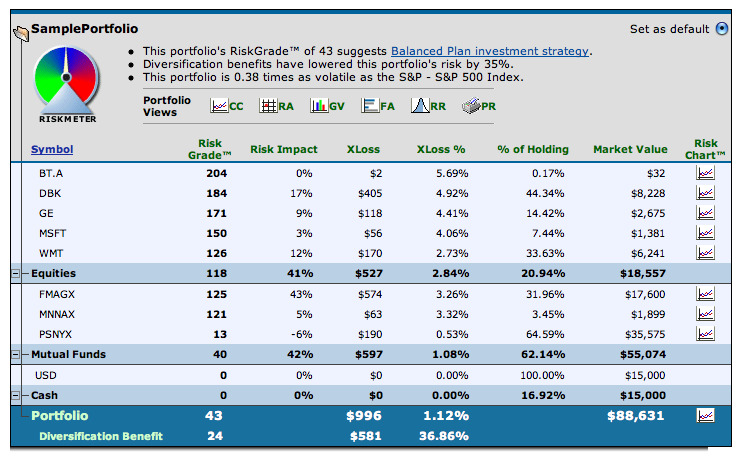Hybrid drives: not so fast!

Vendors are pimping hybrid drives of flash memory and rotating disks. Disk drives and flash memory have very specific performance profiles. And they don't match up that well. Here's the scoop.
The disk problem Disks are great for capacity and for reading and writing large chunks of data at high speeds. What they aren't so good at is small reads and writes, the kind your computer does all the time.
Disk drives used to be capable of 1 I/O for every 10 MB of capacity - disks were a lot smaller then - but today most SATA drives can only do 1 I/O for 3-5 GB of capacity. Luckily we keep a lot of rarely accessed stuff on our drives so the changing I/O ratio hasn't had an impact on consumers. Corporate databases are another story.
The common operating systems - Windows, Mac OS and Linux - have their roots in the old days when disk I/O limits weren't so bad. Which is to say they don't play well with today's large capacity disks.
The flash problem I've investigated flash performance issues, trying to get behind the wall of uninformative industry happy talk (see Flash drives: your mileage will vary, 5 things you never knew about flash drives and my StorageMojo flash and SSD articles.
Flash is very quick for small reads: where a disk will take 6-15 milliseconds, flash will take less than 1 ms. And Samsung has optimized its flash disks to handle large reads and writes at disk speeds.
The problem is small write speeds: they can be much worse than disks. Further, the small write performance depends on how well the software translates disk commands into flash storage. This translation layer is proprietary to each flash drive vendor and can have a massive impact on flash performance. Expect highly variable performance until vendors figure out the best way to handle the translation.
How bad? Over at Microsoft Research 4 very sharp guys, Andrew Birrell, Michael Isard, Chuck Thacker, and Ted Wobber, looked at the issue. In their paper A Design for High-Performance Flash Disks they spend some quality time analyzing a translation layer's write performance.
It isn't a pretty picture. In fact, here's a picture:

Even best case, single writes take as long or longer than most disks. But double writes can take much longer than any disk.
With journaled file systems - NTFS, HFS+ and most Linux file systems - such paired writes are very common. Open up a document and the document meta data and the journal get updated. That is a pair of writes.
The Storage Bits take The flash memory in hybrid drives is currently about 10x per GB over disk storage. With operating systems weighing in at several GB is it worth an extra $40-$50 to put the OS on flash for faster startup? That would almost double the price many disks.
Most notebook users would simply prefer a sleep mode that works reliably - which I haven't seen since my Windows 3.1 HP Omnibook 300 - but maybe with Vista Microsoft and the PC vendors have broken the code. And the performance benefits depend on getting often-read data on to the flash. Who will see to that?
Flash disks have some good performance stats, but they aren't a panacea. When they finally do come out I'll want to see some very detailed performance tests before I'll be tempted to buy something that is only slightly faster and much more expensive.
Comments welcome, as always. And if you are a storage geek I highly recommend the Microsoft Research paper. Update: One of the comments suggested a couple of clarifications, which I've added above. Hope it is clearer.